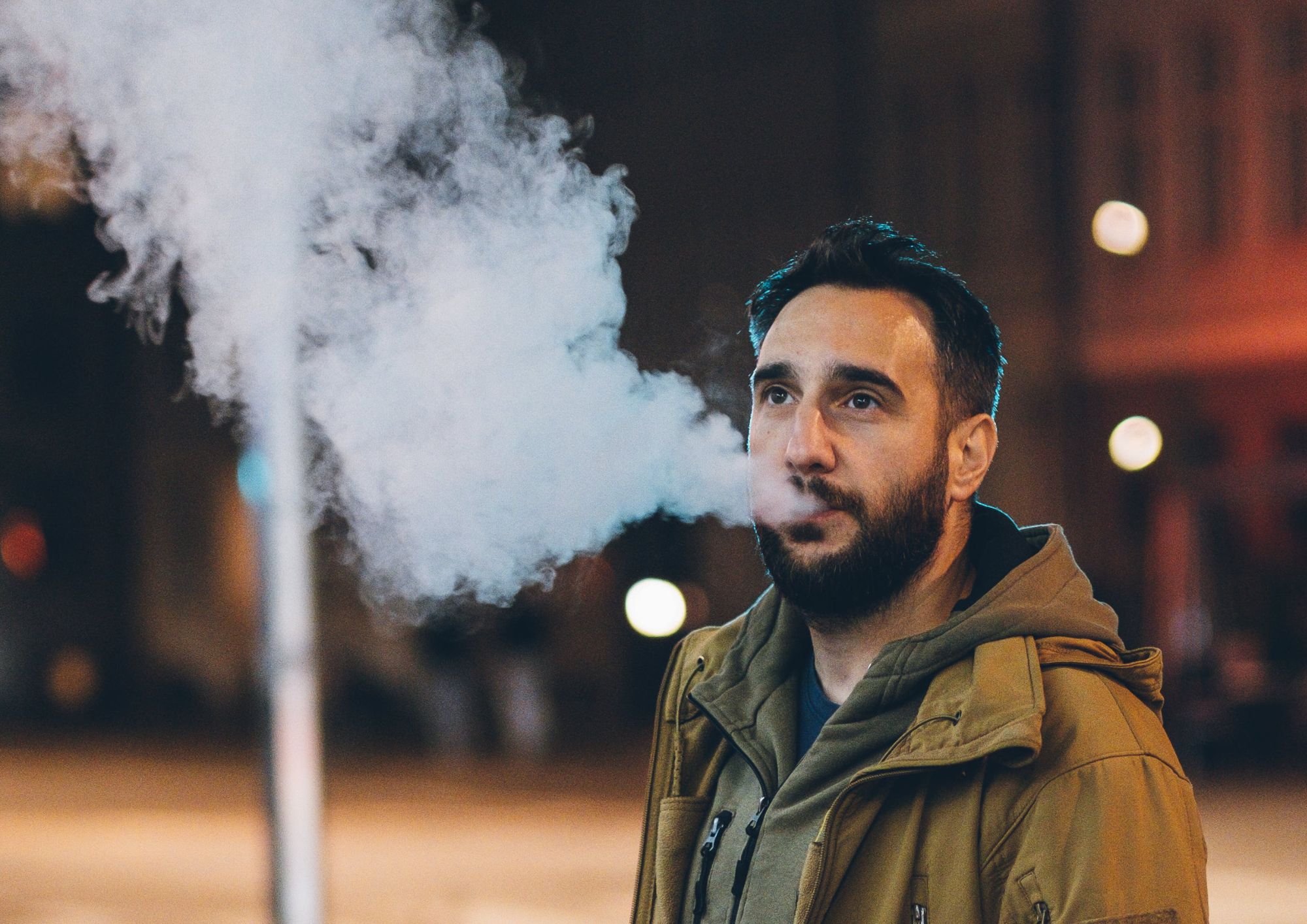John Gulliver: Ban vapes? It's quit pro quo
Our columnist was steered away from tobacco
Monday, 5th February — By John Gulliver

Vaping has helped people give up cigarettes but at what cost?
I SUCCESSFULLY quit smoking tobacco last summer, after more than 30 years, without thinking about it or any effort at all.
A friend had slipped me a tobacco-flavoured e-cigarette that tasted a lot like one of my blissful rollies and gave off a comforting crackle when inhaled.
It appeared to be around the same cost to satisfy my cravings and more importantly, unlike all the namby-pamby vapes I had tried in the past, this one hit deep. I thought it was amazing that this rather sleek-looking invention ended a decades-long love-hate relationship with tobacco.
What a joy to no longer have index and middle fingers stained yellow, stinking clothes and breath, and to be statistically less likely to die of lung cancer. The trouble is that since crossing the floor to vapes, which can be inhaled indoors, I feel more addicted to nicotine than I’ve ever been in my life.
So am I heading for a big “relapse” back to tobacco along with hundreds of thousands of others across the country now that PM Rishi Sunak has announced a disposable e-cigarette ban?
University College London’s latest research, which informed the coming legislation unveiled on Monday, is based on the experiences of almost 70,000 people, suggests so.
Lead author Dr Sarah Jackson, from University College London (UCL), said “while banning disposables might seem like a straightforward solution to reduce youth vaping, it could have substantial unintended consequences for people who smoke”.
And the Bloomsbury college’s Professor Jamie Brown stressed that “cigarettes are far more harmful to our health” than e-cigs, adding the ban could “signal to large numbers of people that their harm is comparable to that caused by smoking tobacco”.
Since giving up smoking tobacco in the summer I have often found my mouth often plagued by ulcers and seen spots of blood in my toothpaste spit – both common symptoms among regular vapers I have spoken to.
My smokers’ cough has morphed into a kind of chemical-reflux splutter. Worse, I have this sense that I am scarring hitherto unplumbed areas of my lungs.
Some of the best engineers in the world have found an ingenious system for mainlining nicotine into the bloodstream, far more effectively than the comparatively medieval approach of inhaling smoke from burning tobacco.
It means it’s very, very hard to put down – and really rather than feeling good about quitting tobacco I just feel like I’ve switched from one Stockholm syndrome-style abusive relationship into another. In the early 1990s when I was at school, you could list on one hand the early teens who didn’t smoke.
Most shops wouldn’t sell them to underage kids, but vending machines existed in accessible places, like Rowan’s Bowling Lanes in Finsbury Park for example, arcades in the West End, or even on some tube or rail platforms.
There was a black market trade at lunchtime in the playground.
There has been such a huge shift in youth culture today when it comes to smoking thanks to a series of measures introduced by New Labour: making smoking indoors illegal; pushing cigarettes under the shop counter; and schoolchildren being priced out by a ban on smaller pouches of rolling tobacco and 10-cigarette boxes.
But this has almost entirely been entirely undone by the vape industry with its prime display locations, brightly coloured packaging, sugary flavours and cartoon character names.
You have to be very careful with all academic research that – like legislation – is often influenced by companies looking to profit from the consequences of a respected institution’s findings.
“All authors declare no financial links with tobacco companies, e-cigarette manufacturers, or their representatives,” UCL said of its report that was published in the scientific journal,
